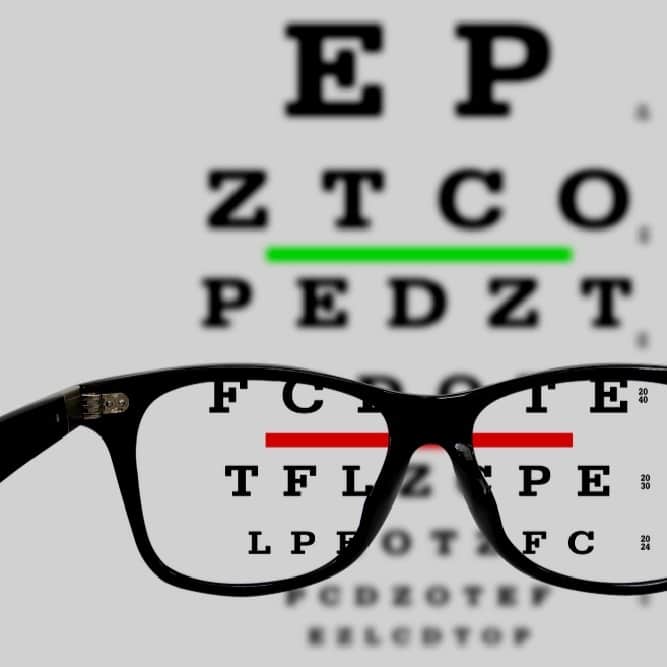Categories
People brag about it all the time, boasting of having 20/20 vision. What does 20/20 really mean? Does it really equate to having what’s considered to be perfect vision? Dr. Brock Magruder Jr., founder of Magruder Laser Vision, explains how the standard of having 20/20 vision came to be, and how LASIK serves to restore vision to those who don’t fall into the category of enjoying what’s considered to be perfect 20/20 vision.
This standard of vision measurement was actually developed by a Dutch ophthalmologist, Herman Snellen, in the late 1860s. He created a chart (the Snellen chart) comprised of letters in decreasing size that people with normal vision could read from a measured distance of 20 feet. So, if you are told that you have 20/20 vision, you can see crisply and clearly what you should be able to see from 20 feet away. If told you have 20/80 vision, it means that you must be as close as 20 feet to see what a person with normal vision can see from 80 feet away and so on. It’s interesting to note that very few individuals achieve higher than 20/10 vision, although it does exist in the animal kingdom.
As our understanding of the eye and vision have progressed over the years, it has become more apparent that the sharpness of vision is not the only component of having excellent vision. Depth perception, eye coordination, peripheral vision, and your ability to see colors are all contributing factors to having excellent vision. While the Snellen eye chart is considered to be the standard by which visual acuity is typically measured, and it is a useful tool in determining if corrective lenses are in order, it does not contribute to determining the actual health of your eyes. Measurement of fluid pressure within the eye, dilation of the pupils, and other components of a comprehensive eye exam are necessary to conclude the status of eye health. Industry standards recommend a comprehensive eye examination every two years by a medical professional.
People who have myopia (nearsightedness) can see things up close but struggle to see distant objects. Conversely, some people can see things far away but can’t focus on items that are close, which is referred to as hyperopia (farsightedness). Presbyopia is the inability to focus, and astigmatism is the diagnosis given when multiple focal points hit the retina simultaneously. All of these issues can be corrected by surgery, or by wearing prescription glasses or contact lenses, which can restore vision to the standard of 20/20 or very close to it.
Your eye health and vision is our primary concern at Magruder Laser Vision. There are many options available through laser eye surgery that can help restore your vision to 20/20. One may be just right for you. Reserve your complimentary LASIK consultation online now or contact us at 407-843-5665 to schedule an appointment to have a thorough eye examination.
Magruder Laser Vision. Correcting Eyes – Changing Lives.
